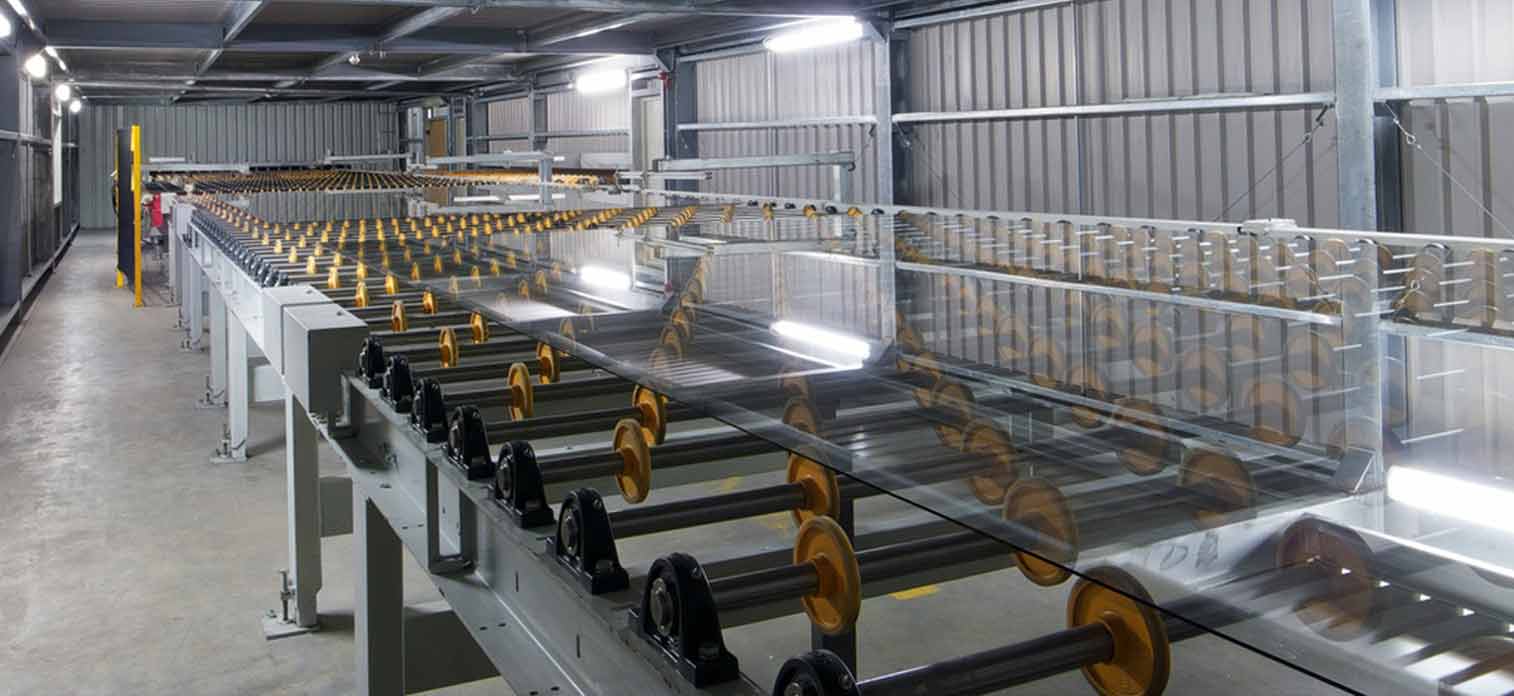Glass
Increase product uniformity with instantaneous feedback of operating parameters
Observe your product in real time during the heat treatment process and optimize production cycles
Monitor the pack rate and refractory material for deterioration and eliminate costly downtime of glass furnace
Reduce energy costs and emissions
Enhance personnel safety and environmental control in hazardous areas
Plan your maintenance and rebuilding schedules

